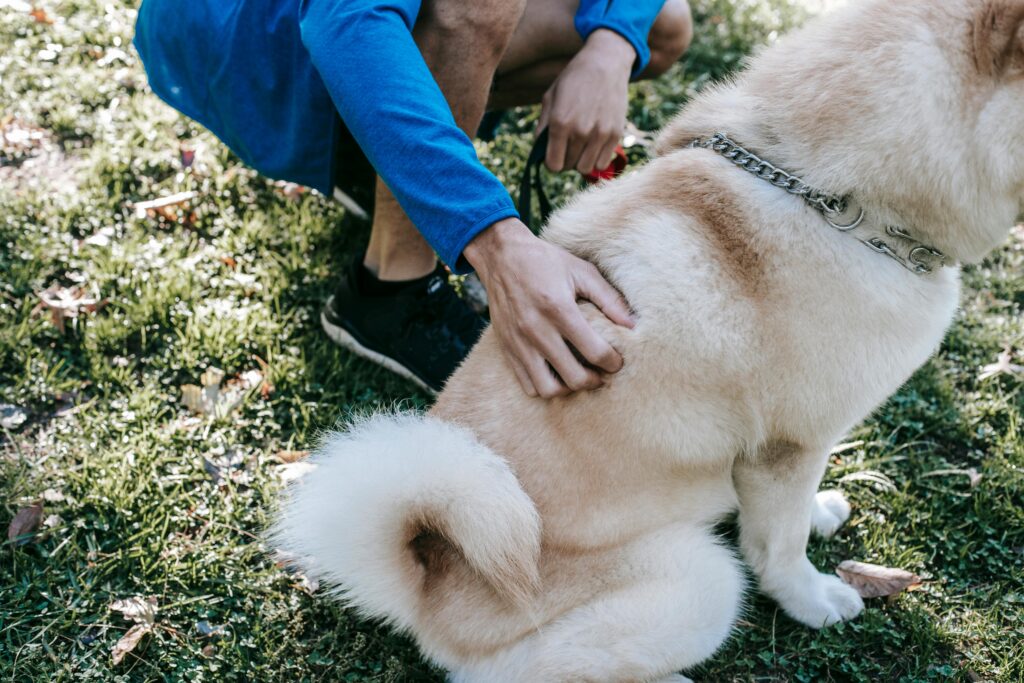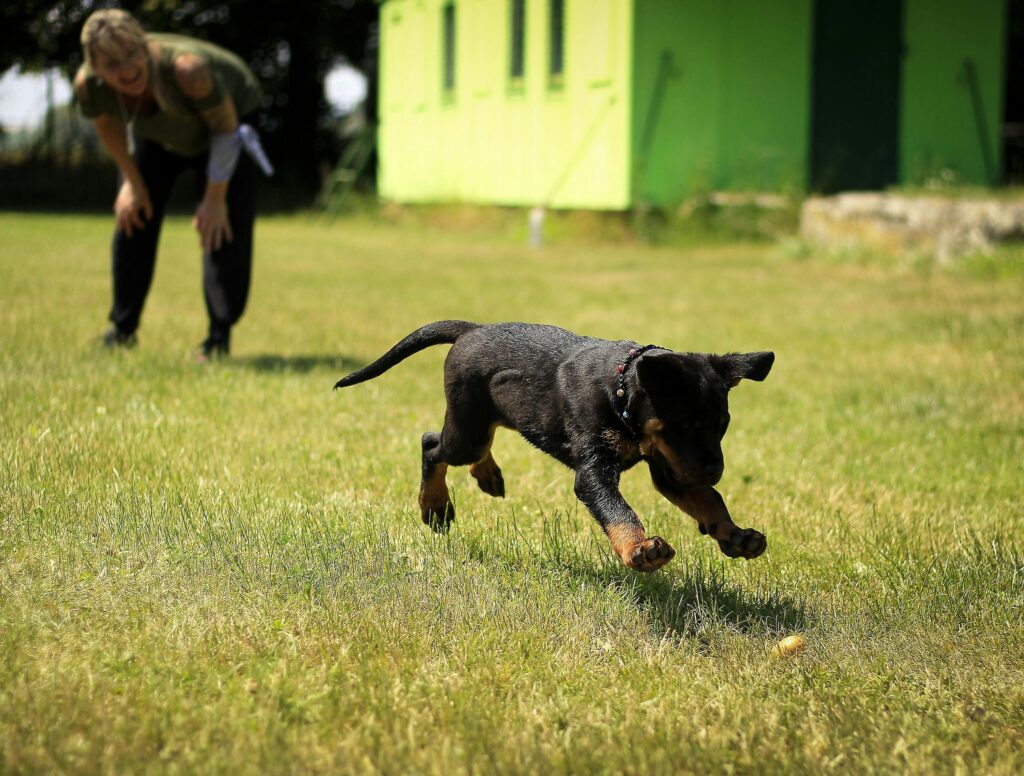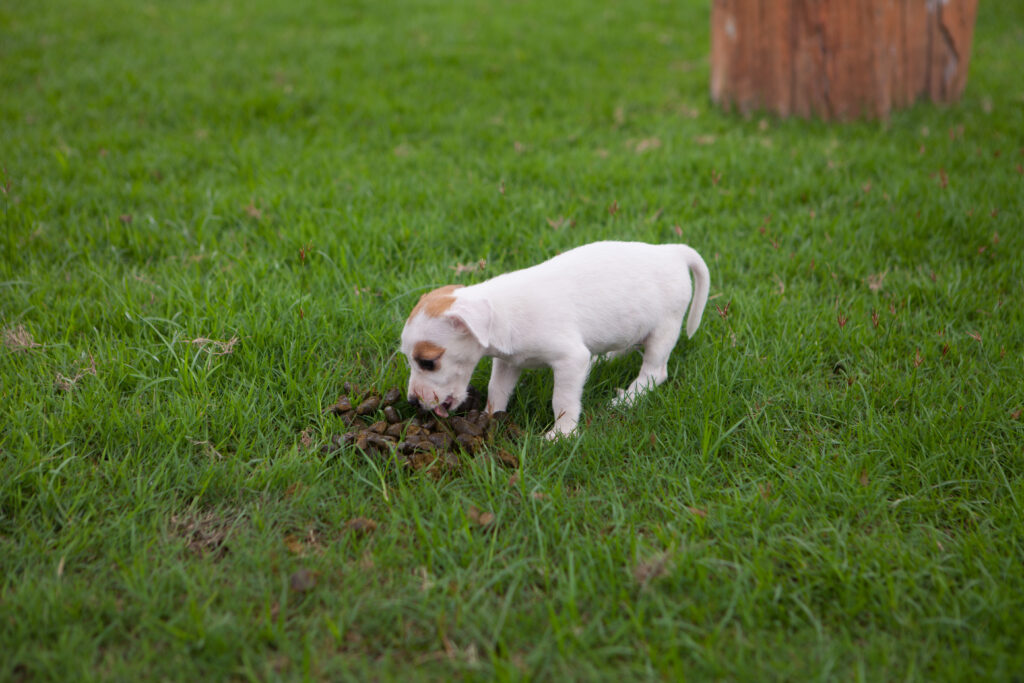1. Myth: It’s Normal for Dogs to Have Bad Breath

Bad breath in dogs is often a sign of dental issues. While a mild, doggy smell is normal, strong or foul odors can indicate gum disease, tooth decay, or other health problems. Regular brushing and vet check-ups can help keep your dog’s mouth healthy.
2. Myth: A Wagging Tail Means a Happy Dog

A wagging tail doesn’t always mean a dog is happy. It’s a sign of heightened emotion, which could be excitement, curiosity, or even aggression. Pay attention to the tail’s position and speed—a low, slow wag can mean nervousness, while a high, rapid wag may signal arousal or potential aggression.
3. Myth: You Can’t Teach an Old Dog New Tricks

This one’s been around forever, but it’s simply not true. Dogs of any age can learn new things. While puppies might pick up skills faster, older dogs are perfectly capable of learning tricks, commands, and new routines with patience and positive reinforcement.
4. Myth: A Dry Nose Means a Sick Dog

Many believe a dry nose is a sign of illness, but this isn’t always the case. A dog’s nose can change from wet to dry throughout the day depending on activity, temperature, and humidity. A dry nose alone isn’t a cause for concern—focus more on your dog’s overall behavior and energy levels.
5. Myth: Dogs Eat Grass When They’re Sick

The sight of your dog munching on grass may cause panic, but it’s not necessarily a sign that they’re ill. Dogs often eat grass out of boredom, for taste, or because they like the texture. While some may eat it to help induce vomiting, it’s not always a sign of sickness.
6. Myth: Dogs Age 7 Years for Every Human Year

The “seven years” rule is a popular guideline, but it’s an oversimplification. Dogs mature faster in their first few years, with small breeds aging more slowly than large breeds. A better way to estimate is to consider that the first year is roughly 15 human years, the second year about nine, and then four to five years per year after that, depending on size and breed.
7. Myth: All Dogs Love to Be Hugged

Humans love to hug, but not all dogs appreciate it. Many dogs tolerate hugging, but some can feel trapped or stressed by a tight embrace. Pay attention to your dog’s body language—stiffness, yawning, or avoiding eye contact can indicate they’d prefer a little more space.
8. Myth: A Warm, Safe Bed is Enough Exercise for a Dog

Sure, dogs love a comfy bed, but a cozy sleeping spot is no substitute for regular exercise. Dogs need physical and mental stimulation to stay healthy and happy. Even small or older dogs benefit from daily walks and playtime to burn off energy and prevent boredom.
9. Myth: Dogs Don’t Need Grooming if They Have Short Hair

Short-haired dogs need grooming, too! They might not need regular haircuts, but brushing helps remove loose fur, reduces shedding, and keeps their coat healthy. Plus, grooming includes nail trimming, ear cleaning, and dental care—all vital for short and long-haired breeds alike.
10. Myth: Dogs See in Black and White

Many people still believe that dogs only see the world in shades of gray, but that’s far from the truth. Dogs actually see in color—just not in the same way we do. They have fewer color receptors, so while they can’t see the full spectrum, they do perceive blues and yellows quite well.
11. Myth: Dogs Eat Poop Because They’re Missing Nutrients

While gross, poop-eating (or coprophagia) is usually not about lacking nutrients. It’s often a behavioral issue linked to boredom, curiosity, or simply liking the taste (yes, dogs can be pretty weird). Training and supervision can help curb this habit.
12. Myth: Spaying or Neutering Will Change a Dog’s Personality

Spaying or neutering can affect a dog’s behavior, such as reducing aggression or marking tendencies, but it won’t alter their core personality. Your dog will still be the same fun-loving or laid-back pup, just with fewer hormonal-driven behaviors.
13. Myth: Dogs Who Growl Are Always Aggressive

Growling is a form of communication, not necessarily aggression. Dogs growl to express discomfort, fear, or to set boundaries. It’s important to pay attention to the context rather than punishing growling. A dog that growls is giving a warning—removing that warning can lead to more serious reactions.
14. Myth: Dogs Are Colorblind and Can’t Watch TV

Dogs can see TV, and some even enjoy watching it! While they don’t see the full spectrum of colors that humans do, they can perceive movement and recognize familiar sounds, making TV an interesting experience for some pups—especially if there are barking dogs or other animals on the screen.
15. Myth: You Should Let Dogs “Cry It Out” in a Crate

It’s often said that if you ignore a dog’s cries in a crate, they’ll eventually settle down, but this isn’t always a good idea. A dog crying in their crate could be anxious, uncomfortable, or need a bathroom break. Proper crate training and positive reinforcement are key to making it a safe and comfortable space.
16. Myth: All Dogs Are Natural Swimmers

Not all dogs are born with an instinct to swim. While breeds like Labradors are known for their water skills, others—like bulldogs or dachshunds—might struggle in the water due to their body shape. Always supervise your dog around water and consider a doggy life vest if they’re not confident swimmers.


